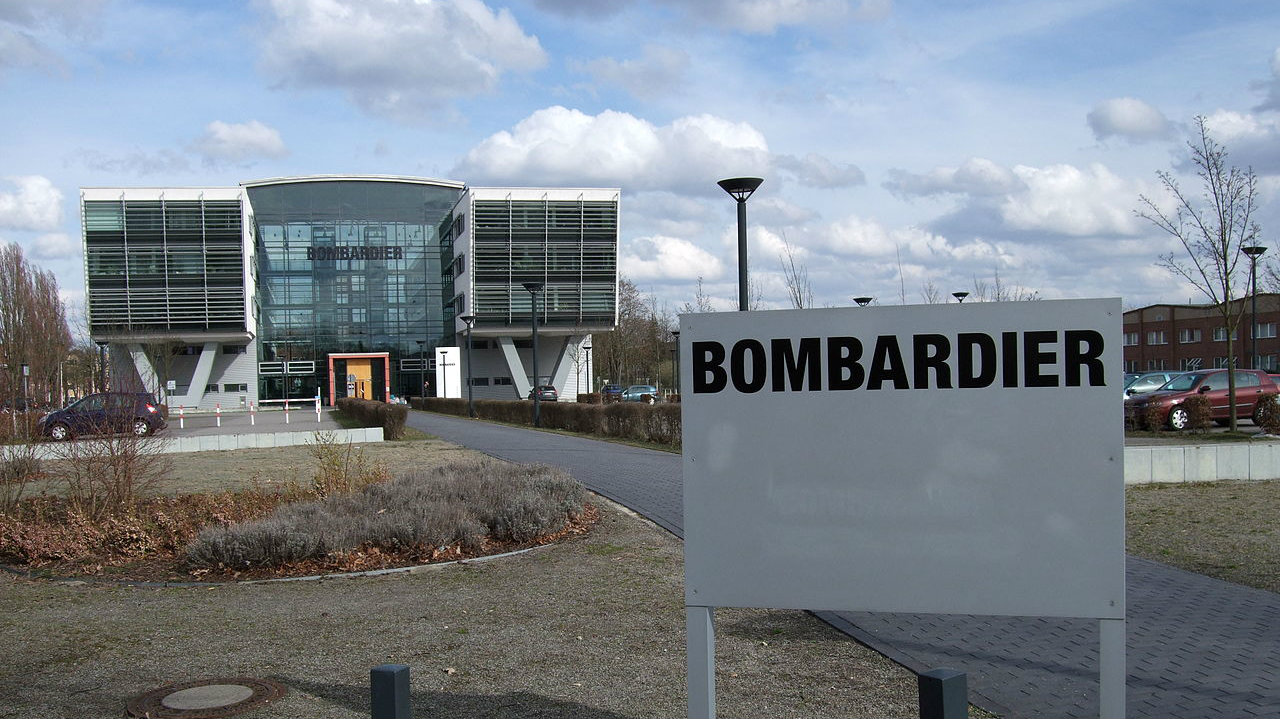Bombardier, Inc.’s (TSX:BBD.B) first-quarter earnings report released this morning is ensuring that the stock maintains the momentum it has carried so far this year.
Bombardier’s Q1 margins were the best since the company launched its turnaround plan a couple of years ago, and the plane giant topped the earnings report with an order from American Airlines Group (NASDAQ:AAL), which should boost its backlog.
Here are five key takeaways from the first-quarter earnings report that every Bombardier investor should know.
Revenue is growing
Bombardier’s revenue climbed 12% to $4 billion, driven by higher jet deliveries and ramping up of projects in transportation. Here’s a quick segment-wise review to help you understand what’s driving the company’s growth:
- Business aircraft: Revenue jumped 9% to $1.1 billion, backed by 31 aircraft deliveries versus 29 in the year-ago quarter and higher aftermarket demand.
- Commercial aircraft: Revenue declined 12% to $463 million, and losses before interest and tax widened 28% to $73 million on fewer deliveries. Bombardier delivered five CSeries, six CRJ Series, and two Q400 aircraft during the quarter.
- Aerostructures and engineering services: Transportation revenue surged 21% to $2.35 billion, and operating income (earnings before interest and tax) climbed 16% to $191 million.
The higher deliveries of business aircraft offset lower production at commercial aircraft to drive revenue higher. But because Bombardier recognizes revenue when an aircraft is delivered, its order flow and backlog are even more important numbers for investors to know.
Order flow and backlog improving
Commercial aircraft continues to be a dampener — it received orders for only four units in Q1 compared to 11 units in Q1 2017. The segment’s unit backlog dropped 9% year over year to 424.
On a positive note, Bombardier just bagged an order from American Airlines for 15 CRJ900 regional jets valued at ~US$719 million, with the option for 15 more. This agreement pushes CRJ Series backlog to 50 aircraft. Meanwhile, Bombardier’s recent order from Ethiopian Airlines for up to 15 Q400 aircraft pushed its Q400 backlog to above 50.
A strong order flow during the tail end of 2017 pushed business aircraft’s backlog 1% higher to $14.3 billion.
In aerostructures, Bombardier received orders from several regions, including North America, Europe, and Asia-Pacific, driving the segment backlog value up by 2% to $35.7 billion.
Overall, because backlog is a key indicator of future potential revenue, the positive momentum in the first quarter is an encouraging sign.
Profit growth: a mixed bag
Thanks to higher revenue and a 34% jump in operating margin that Bombardier credited to its efforts to turn the company around, the company reported net income of $44 million compared to only $6 million in Q1 2017.
However, Bombardier’s adjusted net income, which includes the impact of special items such as provisions for interest rate changes and contribution to retirement benefits, came in roughly 8% lower at $35 million.
Thanks to a higher number of outstanding shares, Bombardier’s adjusted earnings per share were flat at $0.01 for the quarter.
Free cash flow (FCF) poor, but outlook encouraging
Bombardier generated a negative $721 million in FCF in Q1, marking a 22% deterioration over Q1 2017, as the company continued to spend money on its Global 7000 aircraft, rail projects, and inventory build-up for deliveries later this year.
Management, however, is confident that Bombardier will break even on FCF this year. That means the second half of the year will likely be stronger for the company.
The fifth, and perhaps the most important, takeaway is about Bombardier’s turnaround plan.
Turnaround plan on track; more asset sales in the offing
CEO Alain Bellemare pointed out that Bombardier has “reached the halfway point” of its turnaround plan “with a strengthened balance sheet and a clear focus on execution and growth.”
Bombardier’s operating margin improved 80 basis points to 5% in Q1 — also the best since the company launched its turnaround program.
To further its plans, Bombardier will sell its Downsview property in Toronto to a pension fund for $635 million. Bellemare revealed that the company was using only 10% of the 370-acre site and incurring heavy costs to operate the 7,000-foot runway. Offloading the property, therefore, is a prudent move.
Meanwhile, Bombardier expects to close its Airbus CSeries deal in the second quarter, ahead of schedule.
Overall, Bombardier’s first quarter was an encouraging one, and it seems the worst is indeed behind the company.
 2-for1 Sale
2-for1 Sale








